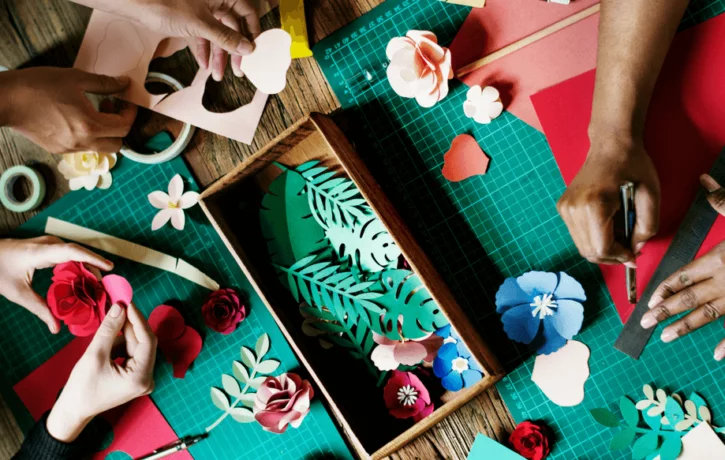UX is not just a question of design—it’s a core business principle.
Strategic companies constantly strive to improve UX.
Consider Apple, the most valuable brand in the world, and how they changed the game with the first iPod. The mini music player wasn’t only a hit because of the technology behind it. What it really stood for was a brand new user experience—a new way to listen to music.
This wasn’t just the work of a designer. For brands like Apple, UX is a mindset. It’s everyone’s problem. But what if your company doesn’t see it that way? As a UX designer, how can you make sure that user experience is a philosophy rather than an afterthought?
In many ways, a UX designer is like an interpreter. They listen to what the stakeholders want and find out what the user needs. They then translate this into a language that the developers can understand. The end result is a product that all parties are happy with.
Make your product’s UX even better, in minutes.
Not only do UX designers need to be creative and technical; they also need to be excellent mediators. They need to understand different perspectives while making sure that user experience drives every discussion.
It’s the UX designer’s job to communicate with the right people at the right time. Without this communication, the process becomes fragmented and the final product will suffer. Relationships are crucial—not just to business, but to UX.
With that in mind, let’s take a look at how to build meaningful relationships and improve UX.
Operate an Open-Door Policy
UX can only become a company-wide mentality if everyone truly understands it. As a UX designer, it’s important to let your colleagues in on your work. Yes, you’re the expert—but if you guard the design process too fiercely, you make it very difficult for other departments to appreciate what you do.
Be open and approachable. Offer to show your colleagues how you work: why do you use certain methods? What was the thought process behind a particular design decision? This enables them to see things from your perspective—and even to start thinking like a UXer.
Welcome questions, ideas, and feedback. Your colleagues might not come from a design background, but they definitely know a thing or two about being an end user. Take advantage of these fresh perspectives and don’t be afraid to make UX a collaborative effort.
All too often, the work of the UX designer is shrouded in mystery—making it extremely difficult to get other departments on-side. To forge a positive, productive relationship with your non-design colleagues, you must be ready to lift the lid on your craft.
Manage Expectations and Build Trust to Improve UX
UX designers will often find themselves stuck in the middle. Conflicting ideas across different departments can be a nightmare to navigate, especially if you join the discussion late.
So how can you maintain harmony?
It’s all about managing other people’s expectations. Be honest about what is achievable and what is not —both technically, and in terms of time and budget. The CEO might have an excellent idea, but he or she may not know how feasible it is from a design perspective—so it’s your job to tell them.
Communication is key. When it comes to presenting your designs to the rest of the company, there shouldn’t be any major surprises. If you communicate honestly and openly throughout, everyone will be clear on what they can expect. However, if you promise one thing and deliver another, your colleagues may feel like their input was ignored or dismissed without knowing why.
You don’t need to be everybody’s friend, but great UX is impossible without trust. The more your colleagues trust you, the easier it will be to steer them towards a user-first mindset. This is great news for the user and for business.
Speak Each Department’s Language
You’re no doubt an expert when it comes to empathizing with the user—but what about empathizing with your colleagues?
Conflict between the design team and other departments often boils down to a lack of understanding. Make an effort to understand where your colleagues are coming from and you’ll find it much easier to forge a strong alliance.
Empathy is all about walking a mile in the other person’s shoes. Consider learning some fundamental skills to improve the way you collaborate. For example, a short course in frontend skills will enable you to speak the developer’s language and communicate your vision more clearly.
You should also take the time to identify the goals and pain-points of each department. This way, you can quickly uncover potential areas of conflict, and address them before they have a chance to arise.
Remember, UX is Not Just for Designers.
Every business strategy should put the customer first and be geared towards creating a flawless user experience. When it comes to establishing a user-first mindset, the UX designer has a crucial role to play. By focusing on trust, empathy, honesty, and communication, you can ensure that everyone is united in the mission to improve UX. You can read more about adopting a design-based approach for business here.




